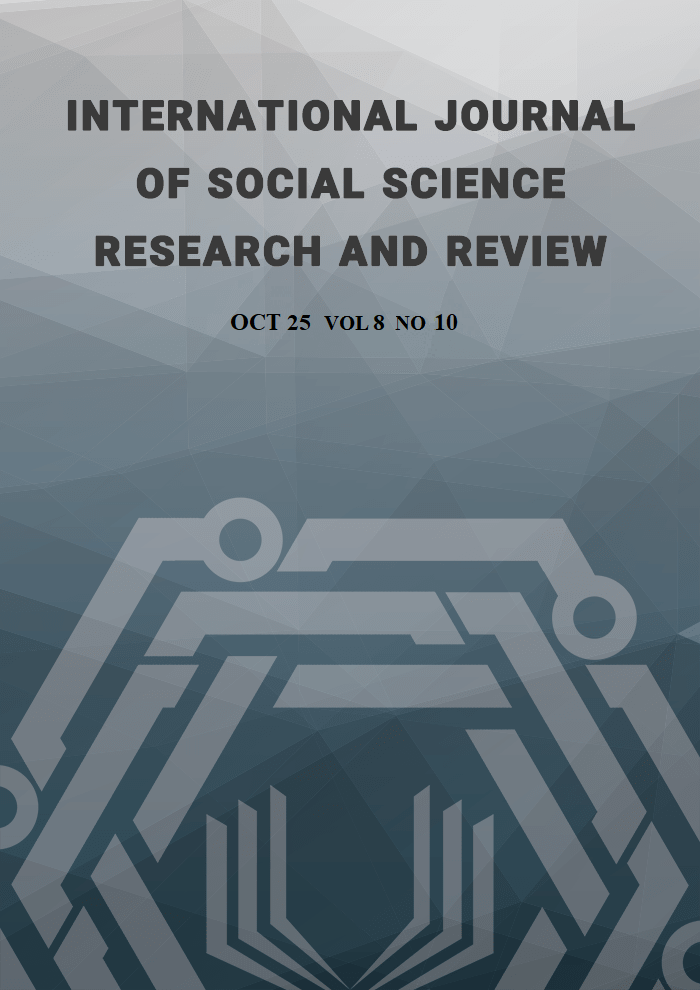Comparative Study of Emergency Air Ambulance Services: Philippines and India
Abstract
Emergency air medical services, which use helicopters and small airplanes as flying intensive care units, are important for reaching patients in remote or disaster-affected areas. India and the Philippines both face difficult geography. India has mountains and far-flung islands, while the Philippines is made up of more than seven thousand islands. This paper compares the air emergency medical services of both countries and highlights lessons that India can learn from the Philippine experience. India has about forty-nine air ambulances across the country, supported by policies that recognize the importance of air medical services. The Philippines has far fewer resources, with only a couple of Department of Health airplanes and one military helicopter. However, the Philippines has created innovative systems. In Palawan, the Department of Health works with a non-governmental organization through a memorandum of agreement to use donated airplanes for patient evacuation. This reduces transfer times from several days to just a few hours. The Philippine government is also working to pass a law that will create a national emergency air medical services system. This paper uses a Most Similar Systems Design framework. Both India and the Philippines are lower-middle-income countries in Asia. They both have decentralized forms of government, face frequent natural disasters, and have limited financial resources. Yet their air emergency medical systems have developed in different ways, which makes them suitable for comparison. Data for this study come from government policy documents, legislative texts, news reports, and academic studies published over the past ten years. The findings show that India can learn from the Philippines by building stronger partnerships with non-governmental organizations and the military, adopting clear regulations that include air ambulances, and using new technology such as drones linked with telemedicine. India should also consider a dedicated law for air medical services, improved financing through health programs, better rural coverage, and integration with emergency dispatch systems.
References
Department of Health – Philippines. (2020, October 22). Administrative Order No. 2020-0051: Guidelines in the allocation of ambulances. Republic of the Philippines.
Worldometer. (2025). India population. Retrieved September 12, 2025, from https://www.worldometers.info
Worldometer. (2025). Philippines population. Retrieved September 12, 2025, from https://www.worldometers.info
Worldometer. (2025). Urban population data (India and Philippines). https://www.worldometers.info
GMA News. (2017, March 19). DOH air ambulance takes first flight. GMA News Online. https://www.gmanetwork.com/news
Philippine Army. (2022, March 21). AFP inaugurates first Philippine Army air ambulance. https://www.army.mil.ph
NDTV (PTI). (2022, March 31). Only 49 air ambulances operating in India: Government. NDTV. https://www.ndtv.com
Asian News International. (2024, February 14). India’s first helicopter emergency medical service to operate from AIIMS Rishikesh, Uttarakhand. NDTV. https://www.ndtv.com
Talwar, G. (2024, October 30). PM Modi launches India’s first free air ambulance service at AIIMS Rishikesh. Times of India. https://timesofindia.indiatimes.com
ICATT Air Ambulance Services. (2024, August 1). Access PM Sri Air Ambulance Seva in Madhya Pradesh: Free government air transport scheme. https://icatt.in
Nyaaya Foundation. (2024, June). Right to emergency medical care. Nyaaya. https://www.nyaaya.org
Press Information Bureau (India). (2016, June 15). National Civil Aviation Policy 2016: Salient features. Government of India. https://pib.gov.in
Ministry of Civil Aviation (India). (2021). UDAN scheme manual (Version 3.1). https://www.civilaviation.gov.in
Civil Aviation Authority of the Philippines. (n.d.). Advisory circular AC-09-010: Application and process — Air ambulance/EMS operations. https://caap.gov.ph
Senate of the Philippines. (2023). Emergency Medical Services System Act (Senate Bill 1973). Philippine News Agency. https://www.pna.gov.ph
Press Information Bureau (India). (2020, April 12). Medical cargo flights under Operation Lifeline UDAN transport 108 tons of essential supplies.... Government of India. https://pib.gov.in
Airmed & Rescue. (n.d.). Philippine Army launches air ambulance. https://www.airmedandrescue.com
Department of Health – MIMAROPA Region. (2017, September 4). DOH-MIMAROPA air ambulance resumes flights. Marinduque News. https://marinduquenews.com
Department of Health – Philippines. (2020). Administrative Order No. 2020-0005: National guidelines on ambulance services. Republic of the Philippines.
TechSci Research. (2024, June). India air ambulance services market size, growth and forecast 2030. TechSci Research. https://www.techsciresearch.com
Philippine Information Agency. (2025, February 3). First in Southeast Asia: Medicine drone delivery launched in Rizal. https://pia.gov.ph
Copyright (c) 2025 Saksham Kumar

This work is licensed under a Creative Commons Attribution-NonCommercial-NoDerivatives 4.0 International License.
Copyright for this article is retained by the author(s), with first publication rights granted to the journal. This is an open-access article distributed under the terms and conditions of the Creative Commons Attribution license (https://creativecommons.org/licenses/by-nc-nd/4.0/).





